Lockheed Martin’s Skunk Works division and NASA have conducted the first flight of the X-59, an experimental supersonic jet designed to reduce the deafening “boom” associated with breaking the sound barrier.
The aircraft took off from Air Force Plant 42 in Palmdale, California, and landed safely at NASA’s Armstrong Flight Research Center in Edwards, confirming the basic flight and data systems functioned as expected.
The single-seat X-59 is the centrepiece of NASA’s Quesst mission, which seeks to demonstrate “quiet supersonic” flight over land.
The project aims to gather acoustic data that could inform future regulations allowing civilian supersonic travel within national airspace, something banned since 1973. Rather than eliminating the boom, the aircraft’s long, narrow fuselage and offset cockpit are engineered to diffuse the shock waves into what NASA describes as a “thump” that might be acceptable to communities on the ground.
Lockheed Martin and NASA officials framed the milestone as an important step for research rather than a prelude to a commercial aircraft. Skunk Works vice president OJ Sanchez said the first flight “verified initial flying qualities and air data performance” and praised the collaboration with NASA engineers. Acting NASA Administrator Sean Duffy called the jet “a symbol of American ingenuity” and said the programme could “change the way the public flies.”
The next phase will expand the flight envelope, including the X-59’s first supersonic runs to validate its acoustic signature. NASA plans to conduct controlled “community response” tests by flying over selected U.S. towns to gauge public tolerance for the noise. If successful, the data could guide future rule changes that might one day allow commercial supersonic routes over land.


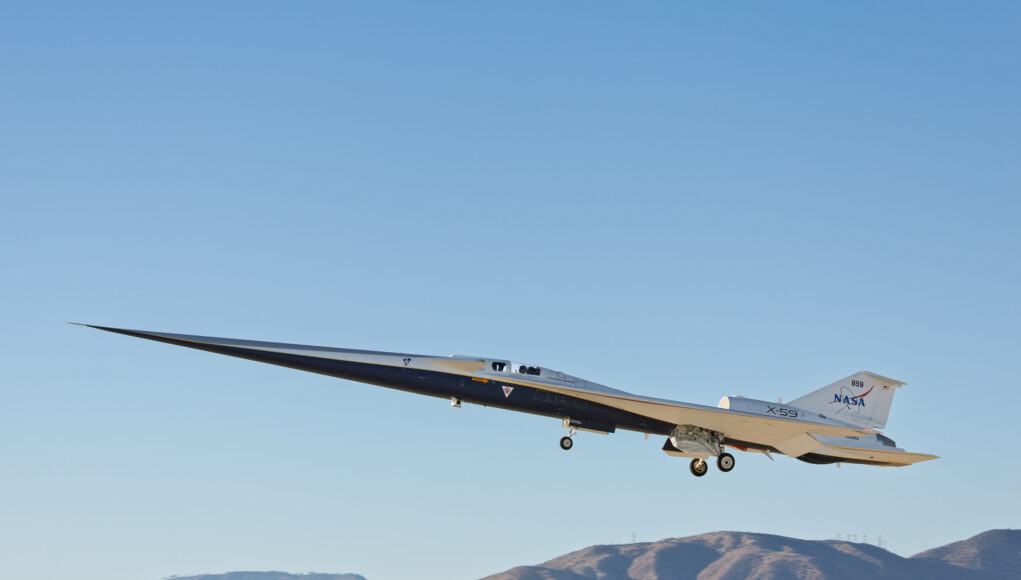


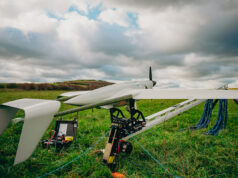
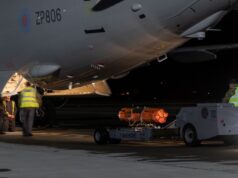


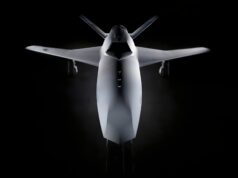


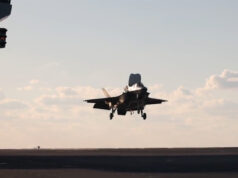

Beam me up Scotty.
It’s a pity that NASA couldn’t combine this with further exploring compression lift when flying supersonically. Could both be lnked to reduce noise, but also to increase supersonic aerodynamic efficiency? Thereby also helping reduce the amount of fuel used.
That is one very pointy boi.
Apparently the pilot has so little forwards view that he lands the plane using a TV monitor on the forwards cockpit bulkhead…
Given that automated landing has been operational for decades, it would be ridiculous if the pilot had to be in the control loop. Supervising, able to go around if she doesn’t like the runway conditions, OK.
The X59 Pinnochio.
Every time a NASA programme goes over-budget its nose gets longer?
LoL!
Always an aspect of fantasy to big budget research and development…
From the moment I saw this idea develop I thought it will be interesting to see how they would make a practical airliner out of that aerodynamic shape.
In a race, It would win by a nose.
Spectrum is Go!?
Apparently the sonic boom will now just be at the level of a car door slamming. Must admit having been kept awake in the past by a local restaurant managing to repeatedly slam car doors as they leave early mornings the prospect doesn’t exactly fill me with glee should it transform air travel.
We have a neighbour who’s car has 64 doors. I know this because I have nothing better to do at 2am, than to count all the bangs. I say 64 doors but It’s based on an average over the entire year.
I think I’m going to invent a near silent Door with a long pointy bit and maybe a zip.